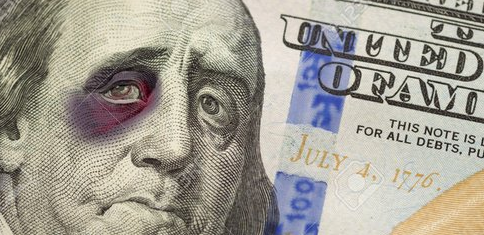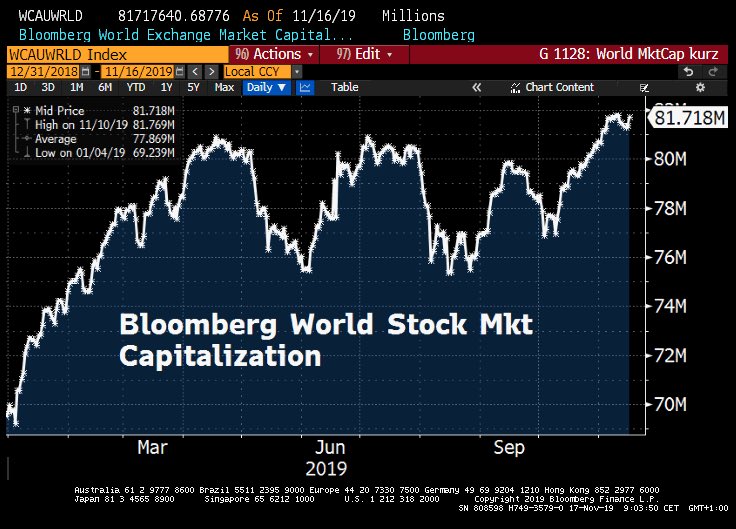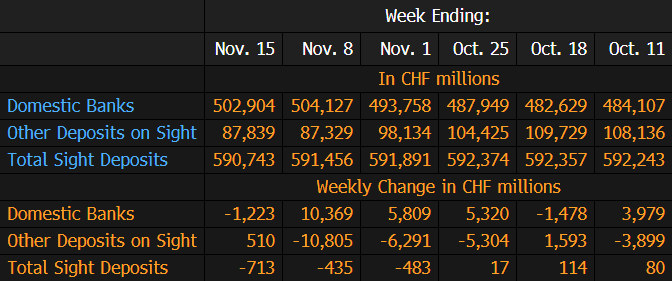SCMP highlights change in tone of phone call
“Neither side used language such as making ‘substantial progress’ or ‘reaching consensus’ — something they have done after previous calls.
“Neither side used language such as making ‘substantial progress’ or ‘reaching consensus’ — something they have done after previous calls.
At the President’s invitation, Chair Powell met with the President and the Treasury Secretary Monday morning at the White House to discuss the economy, growth, employment and inflation.
Chair Powell’s comments were consistent with his remarks at his congressional hearings last week. He did not discuss his expectations for monetary policy, except to stress that the path of policy will depend entirely on incoming information that bears on the outlook for the economy.
Finally, Chair Powell said that he and his colleagues on the Federal Open Market Committee will set monetary policy, as required by law, to support maximum employment and stable prices and will make those decisions based solely on careful, objective and non-political analysis.
Tough to read anything into this.
Mood in Beijing about #trade deal is pessimistic, government source tells me. China troubled after Trump said no tariff rollback. (China thought both had agreed in principle.) Strategy now to talk but wait due to impeachment, US election. Also prioritize China economic support.

In a client note detailing the trends to keep an eye out for next year, strategists at the firm view that the dollar is to be hit by stronger global growth outside of the US and dwindling portfolio inflows.


What exactly are the risks to the markets that you should pay attention to? The chief economist of Deutsche Bank Torsten Slok has prepared a list of top 20 risks to global markets in 2020. Each one of them may trigger a downtrend.


